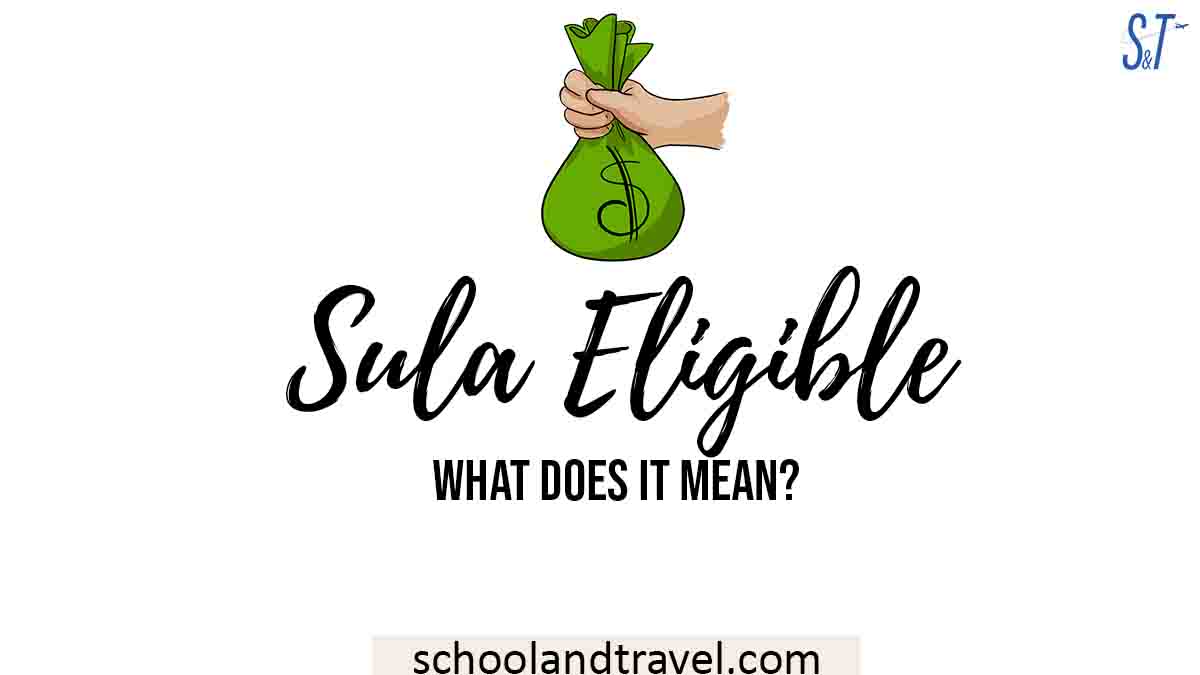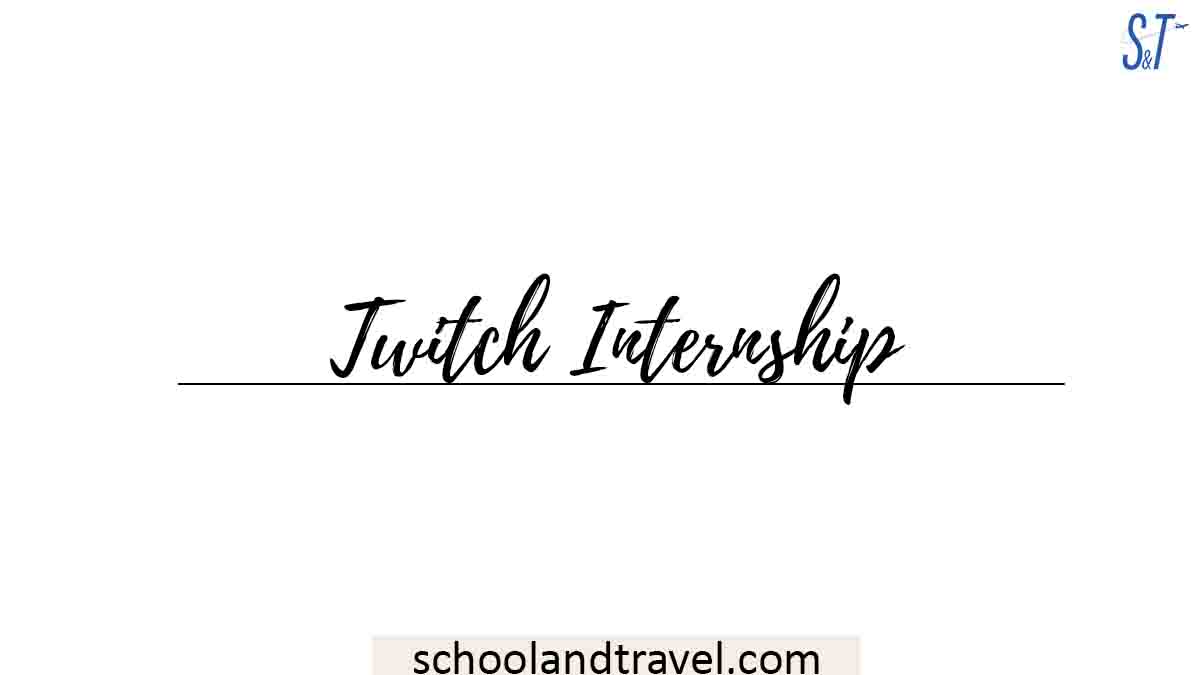As a new student getting into college, you may have looked at your NSLDS (National Student Loan Data System) and probably found the words SULA ELIGIBLE, right?
Some students initially assume it’s something cool, but what is the word SULA? How can you become eligible? These are perplexing questions new students ask frequently.
Students who have tried to fund a college education personally will have encountered acronyms such as FAFSA, SAT, ACT, GRE, etc. They all come into play as financial aids for students at one time or another.
One of such acronyms is SULA. Although it is a relatively new addition to the team, it has a huge part to play in the interest you pay on your student loan.
What does SULA mean?
SULA is an acronym that stands for “Subsidized Usage Limit Applies”. This results from the Department of Education’s new 150% rule for Subsidized loans.
This rule applies to new students (as of July 1, 2013) with no student loan indebtedness as they enter college. The student who fulfills the above requirement falls into the category of being “SULA ELIGIBLE.”
SULA ELIGIBLE students are granted subsidized loans. However, this loan is only valid if you complete your program in 150% of the standard stipulated time given for the program.
If you fail to satisfy this condition (150% of program time), you lose all subsidies attached to the loan by SULA policies.
What does SULA Eligible mean?
The phrase “Subsidized Usage Limit Applies” typically indicates some form of financial support or subsidy provided, but there’s a limit to how much one can use or benefit from this support.
When something is labeled as “eligible” in this context, it qualifies for this subsidy.
Here’s an illustrative example using a hypothetical situation:
Imagine a government program that offers a subsidy for electric vehicle (EV) charging to encourage more people to buy electric cars.
Under this program, EV owners might receive a discount on their electricity bills for the power used to charge their vehicles.
However, there’s a cap on how much discounted electricity they can use monthly. Once they go beyond that limit, they have to pay the regular price.
In this example:
- “Subsidized Usage Limit Applies” means there’s a limit to how much electricity you can get at the discounted rate.
- “Eligible” refers to those with registered or qualified electric vehicles for the program.
However, providing a definitive answer without a specific context is hard.
Typically, whenever you see this phrase, it would be wise to seek further details or read the fine print to understand exactly what limits apply and the eligibility criteria.
Brief History Of SULA
The SULA system came into play on the 1st of July 2013. Only new students, students who haven’t accumulated any previous loans, or students who have paid off old loans and returned to school after the above-stated date partake in SULA.
There are basically two types of loans that the federal government approves that have low, fixed interest rates. They are:
- Direct Stafford loans (formerly Stafford Loans)
- PLUS Loans (parents and graduate students only)
However, in SULA, the loan in consideration is the Direct Stafford loan. These loans may be subsidized based on financial need.
Based on your income and family participation, the federal government may choose to subsidize your loan or its interest while you attend school.
This subsidy implies that as long as you are in school, the federal government pays for the interest on your loan.
However, it was observed that students, over time, started misusing this privilege. This implied that the government kept paying the interest on students’ loans due to their continued stay in school.
Read this: What does EFC stand for? (Major tips and info)
The government started making huge losses on students failing to meet their respective schools’ educational requirements. This was done by keeping track of each student’s educational record.
The Department of Education, therefore, says the need to bring about a system(timer) that will not only eliminate the government’s losses but also encourage students to strive harder to succeed.
Therefore, a 4-year Bachelor’s degree receives subsidies for the first 6 years a student studies, while a 2-year Associate’s degree has subsidies for 3 years.
This change will make students try to finish their program faster and speed up their entry into the labor market.
As humans tend to perform better with motivation, paying the entire loan and interest motivates students to perform better.
Limits of the Sula System:
The first limit of SULA is the enrollment status of students. Students enrolled full-time, for example, use 100% of their eligibility time for each academic year. Part-time students only use 50%.
That means part-time students enrolled in a 2-year degree program have 6 years to complete their degree and receive subsidized interest so long as they remain part-time.
The second limit is the permanent loss of interest subsidy. Once a loan loses the interest subsidy, it does so permanently.
However, if otherwise eligible, the student may receive additional Direct Subsidized Loans, for example, if he or she enrolls in a longer program of study.
What Does SULA Eligible mean for student loans?
In the context of student loans, particularly U.S. federal student loans, “Subsidized Usage Limit Applies” (SULA) refers to the limit on how long a student can receive Direct Subsidized Loans.
“Eligible” means the student qualifies to receive these loans under the SULA rules.
To break it down:
1. Direct Subsidized Loans:
These are loans for eligible undergraduate students with demonstrated financial need, and the government pays the interest while the student is in school and during some other periods.
2. SULA:
Limits the time students can receive Direct Subsidized Loans to 150% of the length of their current academic program.
For example, for a 4-year bachelor’s program, the maximum period a student can receive these loans is 6 years.
So, if a statement says “Subsidized Usage Limit Applies” and a student is “Eligible,” it means the student qualifies to receive Direct Subsidized Loans but should be aware of the time limits imposed by SULA.
What Does Direct Stafford Subsidized (Sula Eligible) Mean?
The term “Direct Stafford Subsidized (SULA Eligible)” pertains to U.S. federal student loans and consists of a few components:
1. Direct Stafford Subsidized:
This refers to a federal student loan available to eligible undergraduate students to help cover higher education costs.
The U.S. Department of Education pays the interest on these loans while the student is in school at least half-time, during a six-month grace period after leaving school, and during deferment periods.
2. SULA (Subsidized Usage Limit Applies):
This regulation limits the time students can receive Direct Subsidized Loans. Specifically, students can only receive these loans for up to 150% of the length of their academic program.
For a 4-year bachelor’s program, for instance, the maximum period a student can receive a Direct Subsidized Loan is 6 years.
When combined as “Direct Stafford Subsidized (SULA Eligible),” the student can receive a Direct Stafford Subsidized Loan, but they must be aware of the SULA limits.
They need to monitor the length of time they’ve had such loans to ensure they don’t exceed the maximum time allowed by their academic program’s duration.
FAQs On SULA Eligible
SULA stands for “Subsidized Usage Limit Applies.” It’s a measure implemented by the U.S. Department of Education to limit the time frame in which undergraduate students can receive Direct Subsidized Loans to 150% of the length of their program.
The SULA limitation was introduced to prevent students from accruing excessive Direct Subsidized Loans. Once a student reaches the 150% limit for their program, they become ineligible for further Direct Subsidized Loans for that program and may also lose the subsidy on previously borrowed Direct Subsidized Loans.
You can check your subsidized usage period on the National Student Loan Data System (NSLDS) website. It will show you the percentage of the maximum subsidy limit you’ve used up based on the length of your current program and the amount of Direct Subsidized Loans you’ve borrowed.
Reaching your SULA limit only affects your eligibility for Direct Subsidized Loans. Depending on your eligibility, you can still apply for and receive other types of federal financial aid, like Direct Unsubsidized Loans or federal grants.
Conclusion:
Being SULA ELIGIBLE does not entirely mean a full pass on your loan interest; it comes at a price.
It is its own way of awarding academic excellence because it will be valid if you complete your program within the specified time.
So why waste your funds? Discipline yourself to study hard and save yourself the extra cost by keying into the SULA privilege.
Awesome one; I hope this article answers your question.
Editor’s Recommendations:
- Does FAFSA cover housing? (Quick answer)
- Can Teachers Have Tattoos? (UK, US, Canada, Tips, FAQs)
- 71+ Scholarship Exam Questions And Answers for College Students
- Can You Go to Two Colleges at Once? (Yes/No, Pros/ Cons, FAQs)
- How to Balance Relationships and Studies (Tips, Reasons, FAQs)
- Are Honorary Degrees Stupid? (Yes/no, Reasons, FAQs)
- 15+ Most Popular Hobbies for Women in their 20s
- 5+ Countries with Ugliest Women in the World (FAQs)
- 5+ Countries With Ugliest Men In The World (FAQs)
- 93+ Hard Questions To Ask a Christian (With Reason for Difficulty)
- 129+ Questions About the Bible That Can’t be Answered (With Reasons)
- 39+ Students Strengths and Weaknesses (Meaning, List)
- Top 5+ Random Hobby Generator
- Transcript for Scholarship Applications (Expert Research and Tips)
If you find this article good, please share it with a friend.




